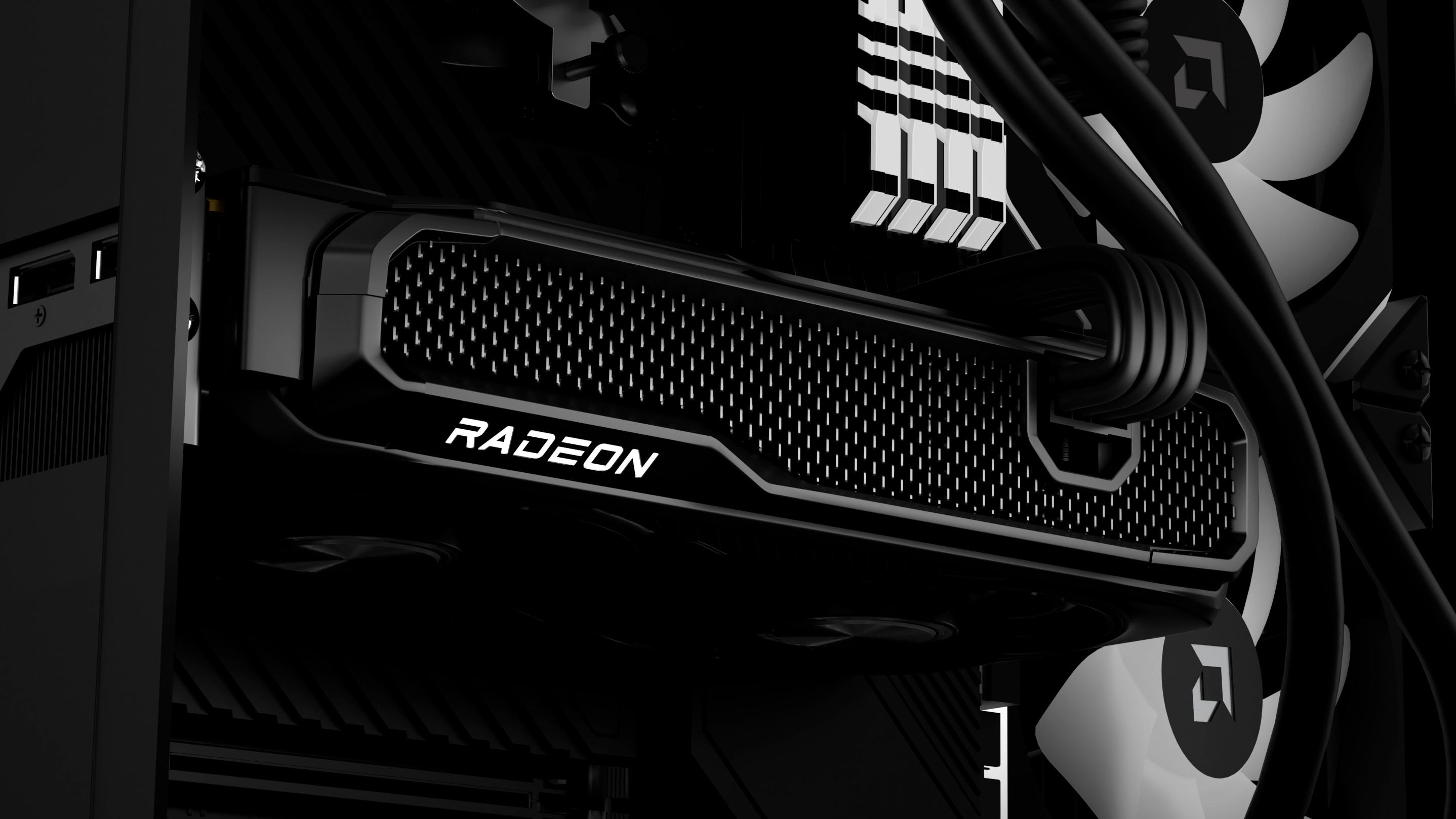AMD’s recently announced mid-range RX 9060 XT 16GB has been put to the test in Geekbench acrossVulkanandOpenCL, where it allegedly leads its predecessor by up to 30%. This test was likely and inadvertently made public by a reviewer, consistent with previous product launches. We strongly advise viewing these tests with skepticism, firstly due to their preliminary nature and secondly because syntheticbenchmarksonly provide a partial glimpse of a GPU’s real-world capabilities.
After weeks of rumors and leaks, AMD finally lifted the veil off its budgetRX 9060 XT GPUsatComputexlast week. The RX 9060 XT family comes in 8GB ($299) and 16GB ($349) flavors, both using the same 200mm^2 Navi 48 GPU core with 32 Compute Units or 2,048 Stream Processors. AMD has transitioned to a PCIe 5.0 x16 (64 GB/s) interface for these GPUs, as opposed to the PCIe 4.0 x8 (16 GB/s) on last-generation RX 7600 XT cards. Likewise, the RX 9060 XT features a 3.13 GHz boost clock speed, extendable via manual or factory overclocking, along with a 150W/160W Total Board Power (TBP).

The test-bench for these benchmarks featured an AMD Ryzen 7 9800X3D and 32GB of DDR5 memory atop the Gigabyte X870E Auros Master, and the RX 9060 XT 16GB. We’ve compiled publicly available test results for various relevant GPUs inVulkanandOpenCLusing Geekbench’s repository. The RX 9060 XT managed to score109,315 pointsand124,251 pointsin OpenCL andVulkan, respectively. This marks a solid 31.21% improvement over its last-generation counterpart, the RX 7600 XT, in Vulkan.
158,990

181,320
145.44%
145.93%
RX 9070
134,163
164,347
122.73%
132.27%
109,315
124,251
100.00%
83,313
99,223
76.21%
79.86%
RTX 5060
123,883
118,229
113.33%
95.15%
138,869
133,861
127.04%
107.73%
As expected, it falls short of its RX 9070 counterparts: 31.24% slower than theRX 9070 XTand as much as 24.4% slower than the RX 9070. Direct comparisons in synthetic tests between Nvidia and AMD are generally unreliable due to driver, optimization, and architectural differences. But for the sake of argument, the RX 9060 XT trails the RTX 5060 by 11% in OpenCL, while establishing a 5% lead in Vulkan. As expected, this anomaly stems from the inherent design differences between the two GPUs, and we’ll only get a clear picture once independent reviews go live.
Synthetics might not push VRAM to its limits, but real-world gaming performance often relies on it. This isevidentwith theRTX 5060 Ti 8GB, struggling to keep up with its 16GB counterpart in VRAM-bound titles, even at 1080p. While AMDassertsthe RX 9060 XT 8GB is designed for the majority of gamers, engaged in esports at 1080p, critics are still questioning the firm’s rationale behind this model.
FollowTom’s Hardware on Google Newsto get our up-to-date news, analysis, and reviews in your feeds. ensure to click the Follow button.
Get Tom’s Hardware’s best news and in-depth reviews, straight to your inbox.
Hassam Nasir is a die-hard hardware enthusiast with years of experience as a tech editor and writer, focusing on detailed CPU comparisons and general hardware news. When he’s not working, you’ll find him bending tubes for his ever-evolving custom water-loop gaming rig or benchmarking the latest CPUs and GPUs just for fun.